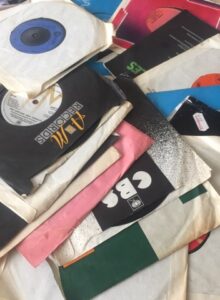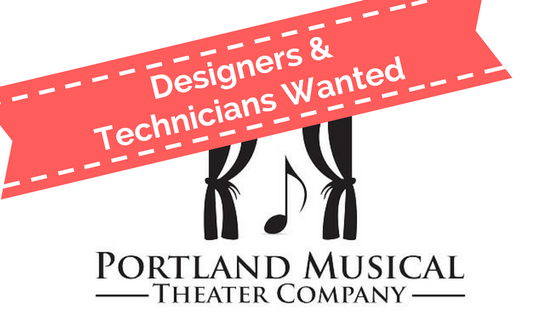
Interview Tips for the Theatre Technician
Interviewing for a new job has always been a source of anxiety for me. I did not choose a behind-the-scenes career just so I could talk to strangers about myself, but it seems that the job interview is a necessary evil. Over the years, I’ve learned that interviewing doesn’t have to be scary. You can prepare for an interview without feeling like you’re cramming for a final, and there is a bit of a formula that can be applied so that it doesn’t feel like you’re shooting in the dark or starting from scratch with each interview.
Admittedly, it’s been a while since I’ve had an interview. That’s the good part of being in a residency for many years. I am, however, in the position of interviewing several people every year, and I have definitely learned what makes me happy and what turns me off after an interview. Even if an applicant has a good resume, it’s hard to justify moving them forward if they don’t interview well. It’s true what they say about first impressions, and the bigger the applicant pool, the more memorable an applicant needs to be. No pressure.
Step one: Do your research.
A very typical interview question is, “Why this company.” You need to be able to answer that, and my pro tip here is, make the answer be about the company. If you tell your interviewer that you’re just trying to find a job or that you apply to every job you see posted, that can be a mark against you. They also do not want to hear that their company is a great stepping stone along the path to the job you really want. The theatre world is a very small one, and if you put some feelers out, you might find that you know someone, or have a friend of a friend who has worked with this company. Pick their brain, and find out how their experience was. What aspects resonate with you? Also, the internet is your friend. Use it to learn everything you can about the company. They will likely have their mission statement posted and probably an “about us” section on their website. Do you have like views? How so? These will be great talking points. If you don’t agree with their mission or don’t like how the company operates, stop right there and reconsider applying for this job.
Step two: Know your resume.
Your interviewer will most definitely have your resume in front of them, so that is going to be a source of questions from them. I know I have several different resumes I use depending on the job I’m applying for, and they don’t all contain all of the same information. I don’t know how many times I have referenced something from an applicant’s resume, and they didn’t know what I was talking about, because they couldn’t remember the specific resume they sent me. If I’m applying to several companies at once, I will immediately print out the resume I submitted and staple it to a sheet of paper with the company’s name on it. Looking at the same thing the interviewer is looking at will help keep your head clear when you’re searching for just the right answer to their questions. Btw, that blank sheet of paper is also the thing you should use to write notes on.
Step three: Be yourself.
Something about your application materials drew this company to you, so don’t mess it up by trying to sound more important, or professional, or what have you. These people are very likely just looking for a human that is good at their craft. That’s you. Be a human. It’s ok to laugh or crack a joke here and there, that stuff lets the interviewer know that you can be relaxed in high-stress situations. Be careful, though; you don’t want to push this point. Don’t go out of your way to sound extra funny, or extra cool, or just plain extra. It’s awkward and uncomfortable to listen to, and it’s also not an accurate representation of who you are. So again, just be yourself.
Step four: Create a stress-free environment.
Many of my interviews are conducted over the phone, and I have heard it all, so let me start by saying that a busy loading dock, the subway, your car in rush hour traffic, the airport, the bar (yes, I have called someone for an interview while they were at the bar) are not considered a stress free environment. If it’s hard to hear you because of background noise, or if you’re driving in and out of cell service, or I guess if you’re wasted at the bar, it is going to be very frustrating for your interviewer, and they are likely going to skip some questions just to be finished with that phone call sooner, and you’re going to miss out an opportunity to show this company how awesome you are. Also, make sure you have plenty of time available before and after the interview. Your interview could be 20 minutes, or it could be 2 hours. It’s also possible that you might get a call a little early, so be prepared, and just block out a good chunk of time. Choose a quiet, good phone service area. If you’re doing a video interview, look at the world around you. Are your interviewers looking at your dirty laundry or watching cartoons in the background of your camera? “No” should be the answer here.
Step five: Take notes.
Before your interview, write down some questions you have about the company or the job. Even the question, “Do you have any questions for us” is a test. They want to know that you have standards, and you’ve done your homework. Indifference is not a good quality to have in an interview, or in life, really, so having some opinions about how you would like to potentially be fit into this new company is a good thing. Also, write down the questions you are asked. If you get a little rambly or need a second to think about the questions, having them written down in front of you will help you keep your thoughts collected.
Step six: Be polite and gracious.
Manners go a long way. This company has gone into a lot of trouble to work you into their busy schedule, so thank them for their time at the end of the interview. I think a follow-up email within the hour thanking them again is a really nice touch, and I definitely always take note when I get that email. Also, remember that your interviewer works for the company for which you are applying, so it stands to reason that they probably like the company. Don’t bash it during your interview. I know this seems like strange advice, but I wrote it because I’ve encountered it. Also, this person is also probably a department head or production manager, so keep that in mind, and don’t tell this person everything you hate about production managers. Trust me; it won’t go over well.
Step seven: Stay engaged, not pushy.
You have no idea what your interviewer’s schedule is like, so don’t expect to hear from them the next day. It’s fair to ask during your interview when they expect to get back to you and if you’ll hear back whether or not you get the job. If the date that you were expecting a call has gone by, feel free to follow up with a friendly email, but I would suggest stopping at one email. Not everyone gets back to applicants if they didn’t get the job, so if you haven’t heard anything even after you sent a follow-up email, you probably have your answer.
All in all, confidence, genuine personality, and organization are going to be your best lines of defense during your interview. If you feel good about how your interview went, then remember what you did, and make it your base formula that adjusts based on the company. If you didn’t get the job, but you truly thought your interview went well, don’t blame the interview. There are a myriad of reasons why you might not have been chosen, and you don’t want to psych yourself out before the next interview, so just know that you have done your best work, and you can do it again.
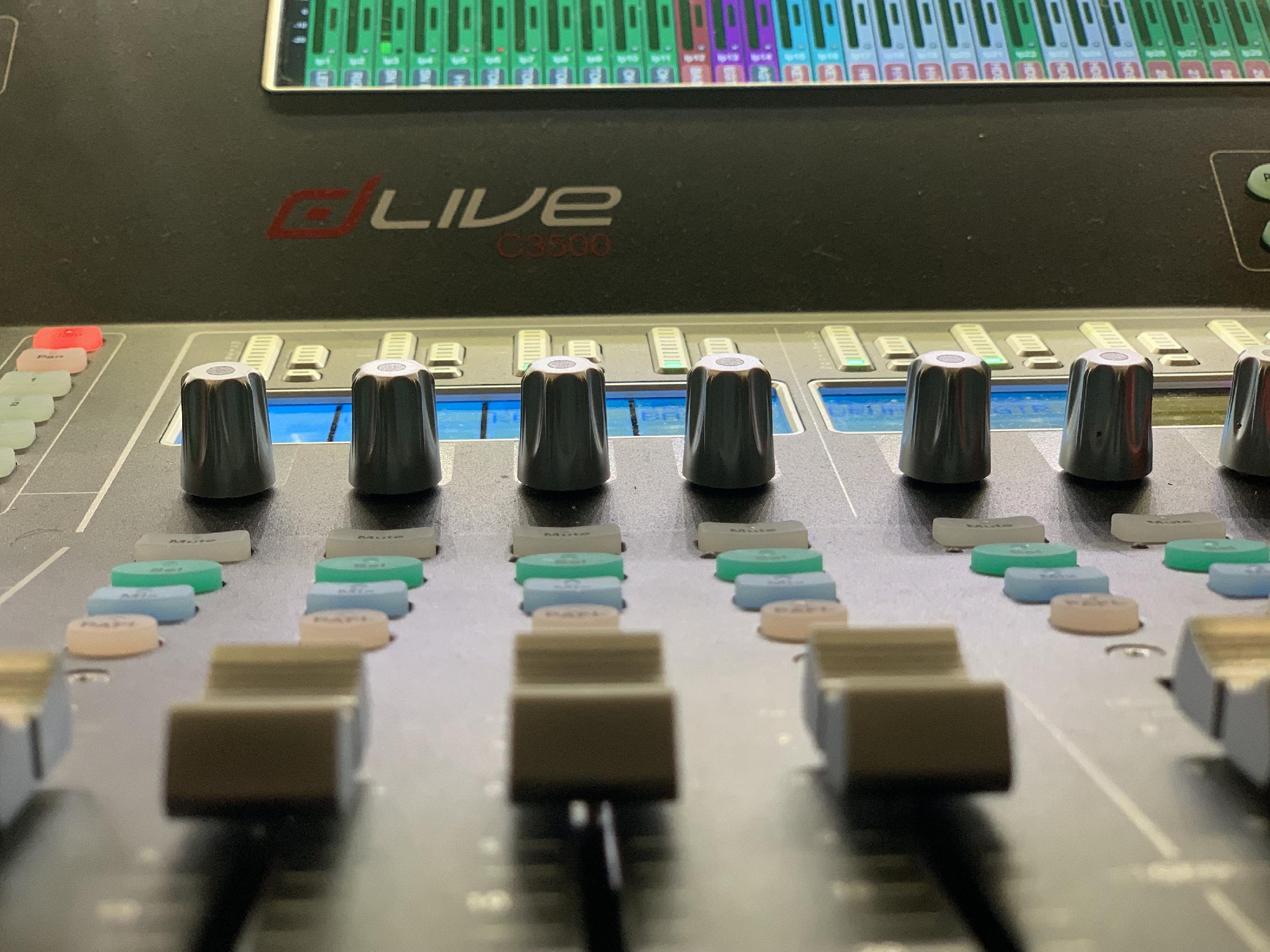
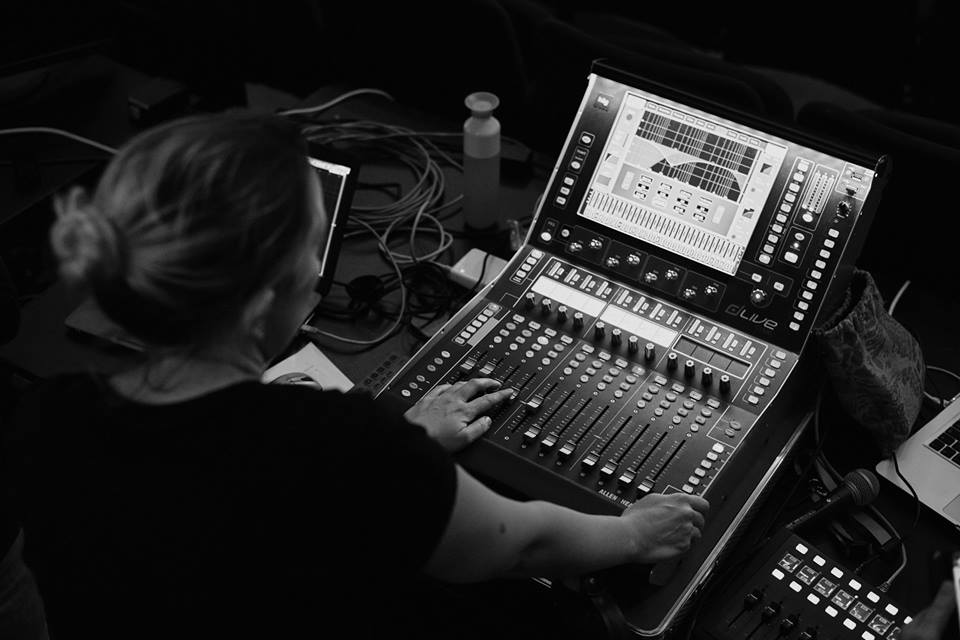
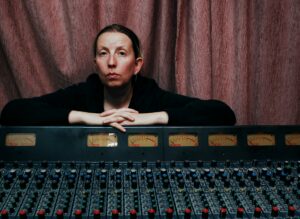
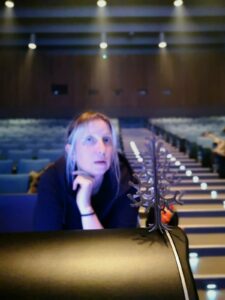
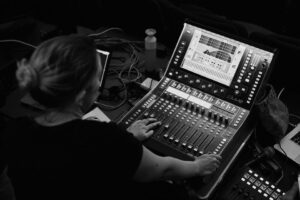
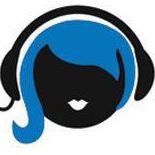

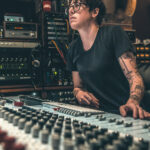 Catherine Vericolli: A Sense of Wonder
Catherine Vericolli: A Sense of Wonder
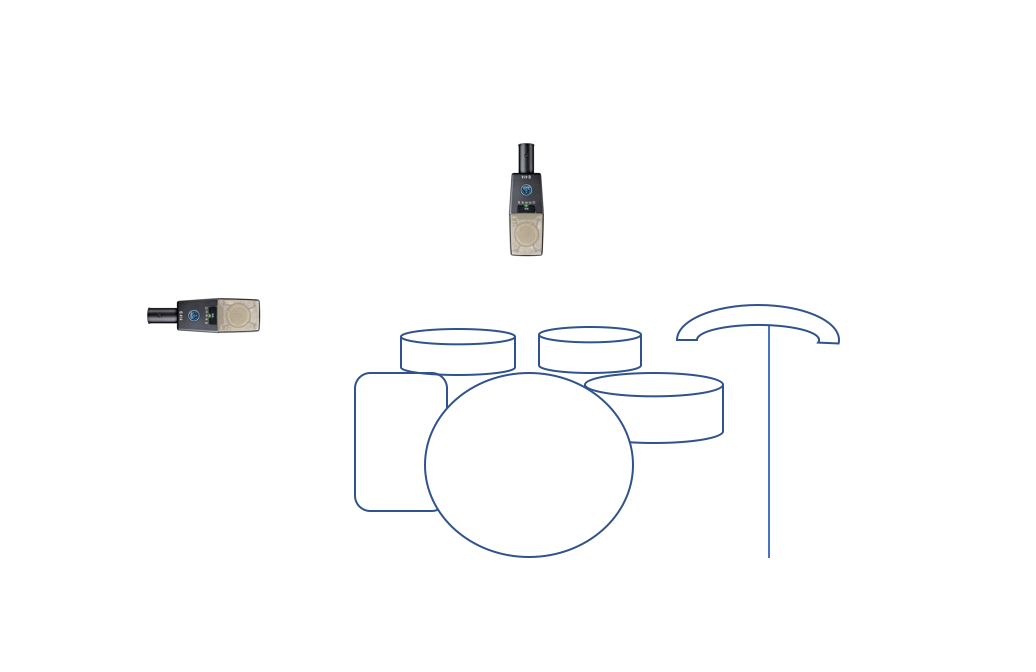
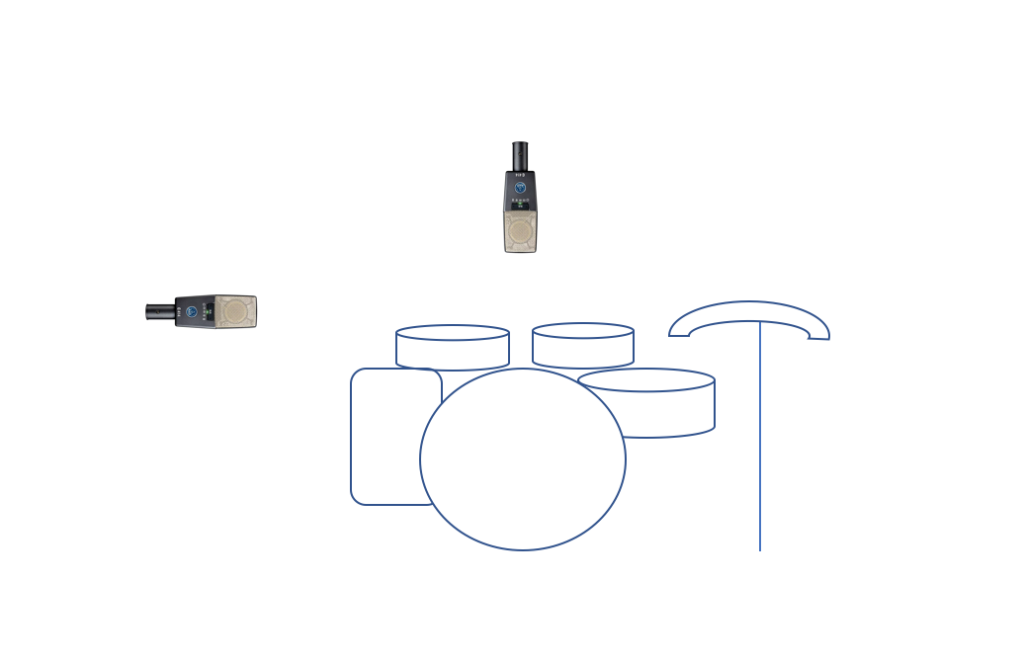
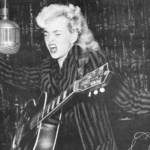

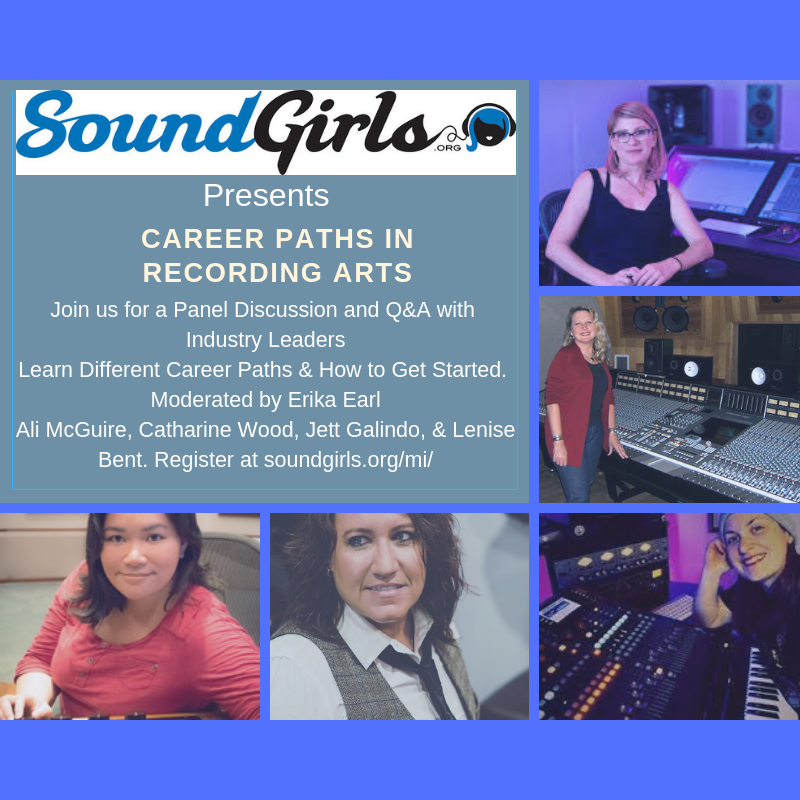 Register For Career Paths in Recording Arts
Register For Career Paths in Recording Arts




